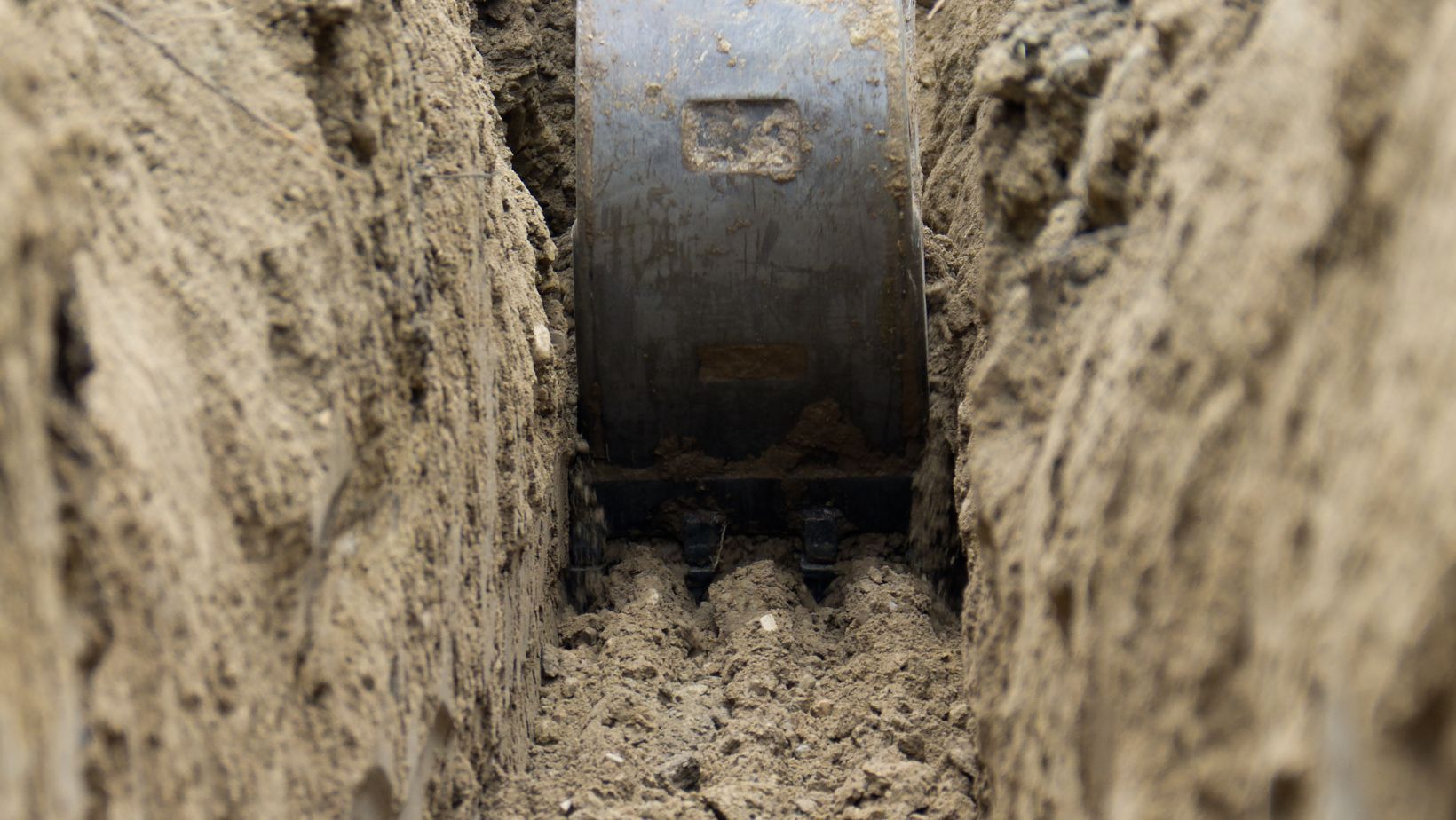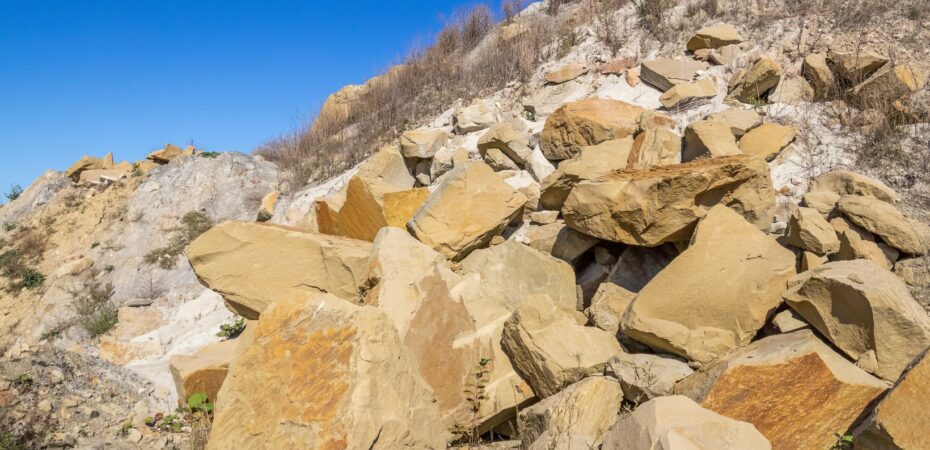What is The Minimum Distance Allowed Between a Spoils Pile And Trenches Edge
The minimum distance required between a spoils pile and the edge of trenches varies depending on several factors, including local regulations, soil conditions, and the depth of the trench. Generally, it is recommended to maintain a safe distance of at least 2 feet (0.6 meters) between the spoils pile and the trench edge.
This minimum distance serves multiple purposes. Firstly, it helps prevent potential cave-ins or collapses by reducing the load exerted on the trench walls from nearby spoil piles. Secondly, it allows for easier access in case an emergency evacuation becomes necessary during excavation activities. By keeping a sufficient gap between spoil piles and trench edges, workers can move safely around the site without compromising their well-being.
Understanding The Requirement For Minimum Distance
Firstly, what exactly does “minimum distance” refer to in this context? It pertains to the mandated separation between a spoil pile, which consists of excavated materials, and the trench’s edge. The purpose behind this requirement is to prevent accidental collapses or cave-ins that could endanger workers’ lives or cause structural damage.
The specific minimum distance can vary depending on several factors, such as soil conditions and the depth of the trench. Different regulatory bodies may have their own guidelines regarding this matter as well. For instance, OSHA (Occupational Safety and Health Administration) has established standards for construction sites in order to maintain worker safety.
To better understand why such regulations exist, let’s consider an example scenario: Imagine a trench being dug close to a spoil pile without adhering to the minimum distance requirement. As soil is removed from one side of the trench during excavation work, it creates additional pressure on the opposite side where the spoil pile sits. This increased pressure raises concerns about stability and increases the risk of collapse.
Here are some key reasons why maintaining a safe distance between spoils piles and trench edges is essential:
- Preventing Soil Instability: By keeping an adequate separation between spoils piles and trench edges, we minimize the chances of destabilizing the surrounding soil. This helps maintain structural integrity and reduces the risk of collapses or slides that could endanger workers’ lives.
- Ensuring Worker Safety: Construction sites can be hazardous environments, especially when working in trenches. Maintaining a safe distance provides an added layer of protection for workers by decreasing their exposure to potential cave-ins caused by excessive pressure from spoil piles near trench edges.
- Facilitating Equipment Movement: Adequate space between spoils piles and trench edges allows for smooth movement of heavy machinery required for excavation work. It minimizes obstacles that might impede operations and ensures efficient progress on-site.
- Compliance with Regulations: Adhering to safety regulations regarding distances between spoils piles and trench edges demonstrates your commitment to following industry standards. It also helps avoid legal issues related to non-compliance with safety protocols set forth by regulatory bodies.

Factors Affecting The Minimum Distance Allowed
Factors to Consider For Determining Minimum Distance
When it comes to determining the minimum distance allowed between a spoils pile and a trench’s edge, there are several crucial factors that need to be taken into consideration. These factors play a significant role in ensuring safety and preventing any potential hazards. Let’s delve into these factors:
- Soil Type: The type of soil involved is an important factor in determining the minimum distance allowed between a spoils pile and the trench’s edge. Different soil types have varying stability levels, which can impact how close the spoils pile can be placed to the trench. For example, loose or unstable soils may require a greater distance to minimize the risk of collapse or slope failure.
- Trench Depth: Another influential factor is the depth of the trench itself. Deeper trenches tend to exert more pressure on their sides, increasing the risk of instability and cave-ins. Consequently, deeper trenches generally necessitate larger distances between spoils piles and trench edges for added stability and safety.
- Surrounding Environment: The surrounding environment should also be considered when establishing the minimum distance allowed between a spoils pile and a trench’s edge. Factors such as nearby structures, utilities, or natural features like bodies of water can influence how far apart these two elements should be positioned to avoid any potential damage or accidents.
Impact of Soil Type on Minimum Distance
The soil type plays a pivotal role in dictating how far away a spoils pile must be from the trench’s edge for optimal safety precautions. Here are some key considerations related to different soil types:
- Cohesive Soils (Clay): Cohesive soils like clay have high plasticity and tend to retain water, resulting in reduced stability. To mitigate risks associated with clay soils, it is often necessary to maintain larger distances between spoils piles and trench edges.
- Granular Soils (Sand, Gravel): Granular soils have relatively low cohesion, which can lead to loose or unstable conditions. To ensure stability in granular soils, it is important to maintain an appropriate distance between the spoils pile and the trench’s edge.
In conclusion, maintaining an appropriate minimum distance between a spoils pile and trenches edge is crucial for the safety and stability of excavation projects. By following industry standards, regulations, and best practices, we can create a secure working environment that minimizes risks and promotes successful completion of the project.


 By
By 



